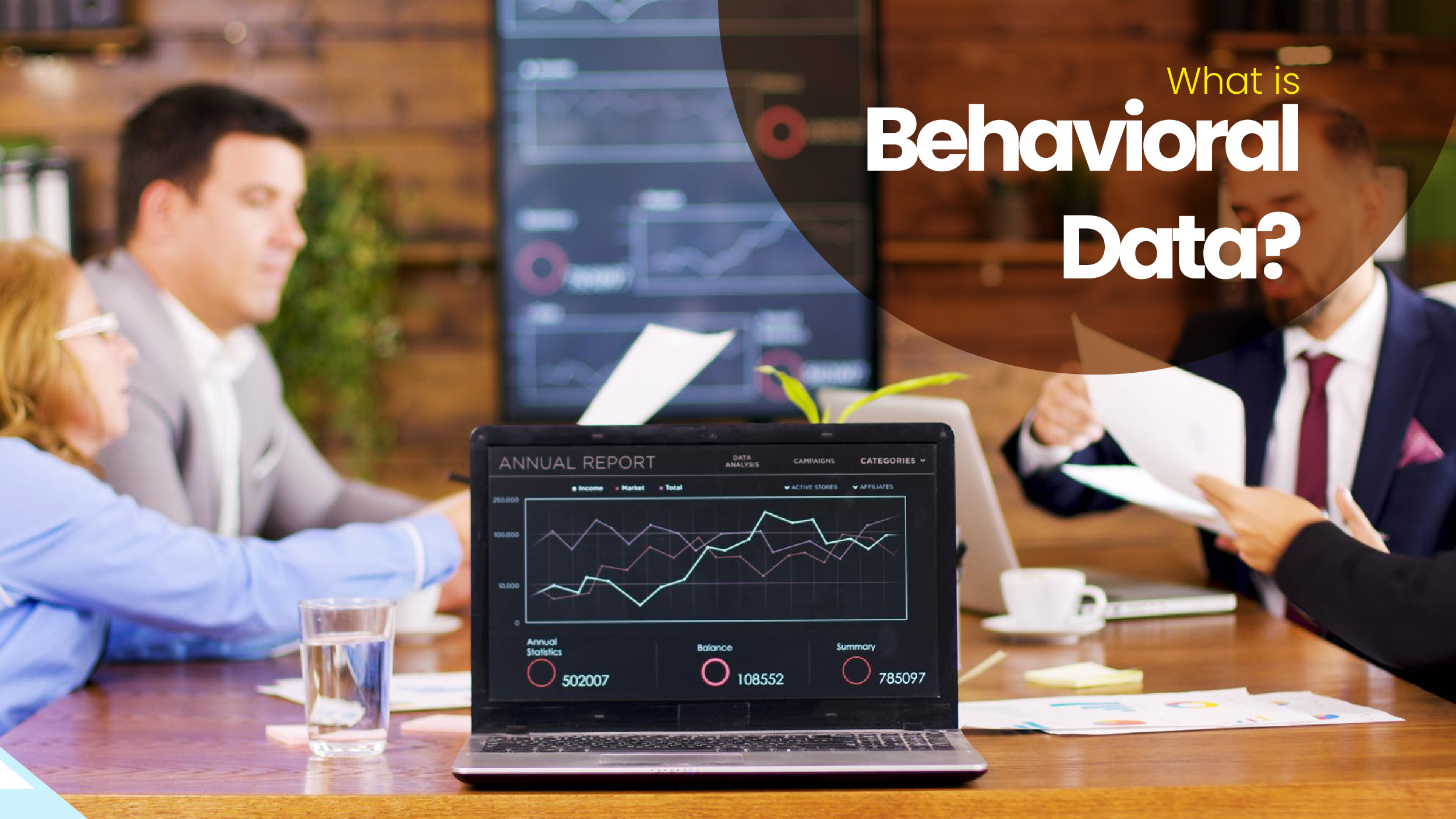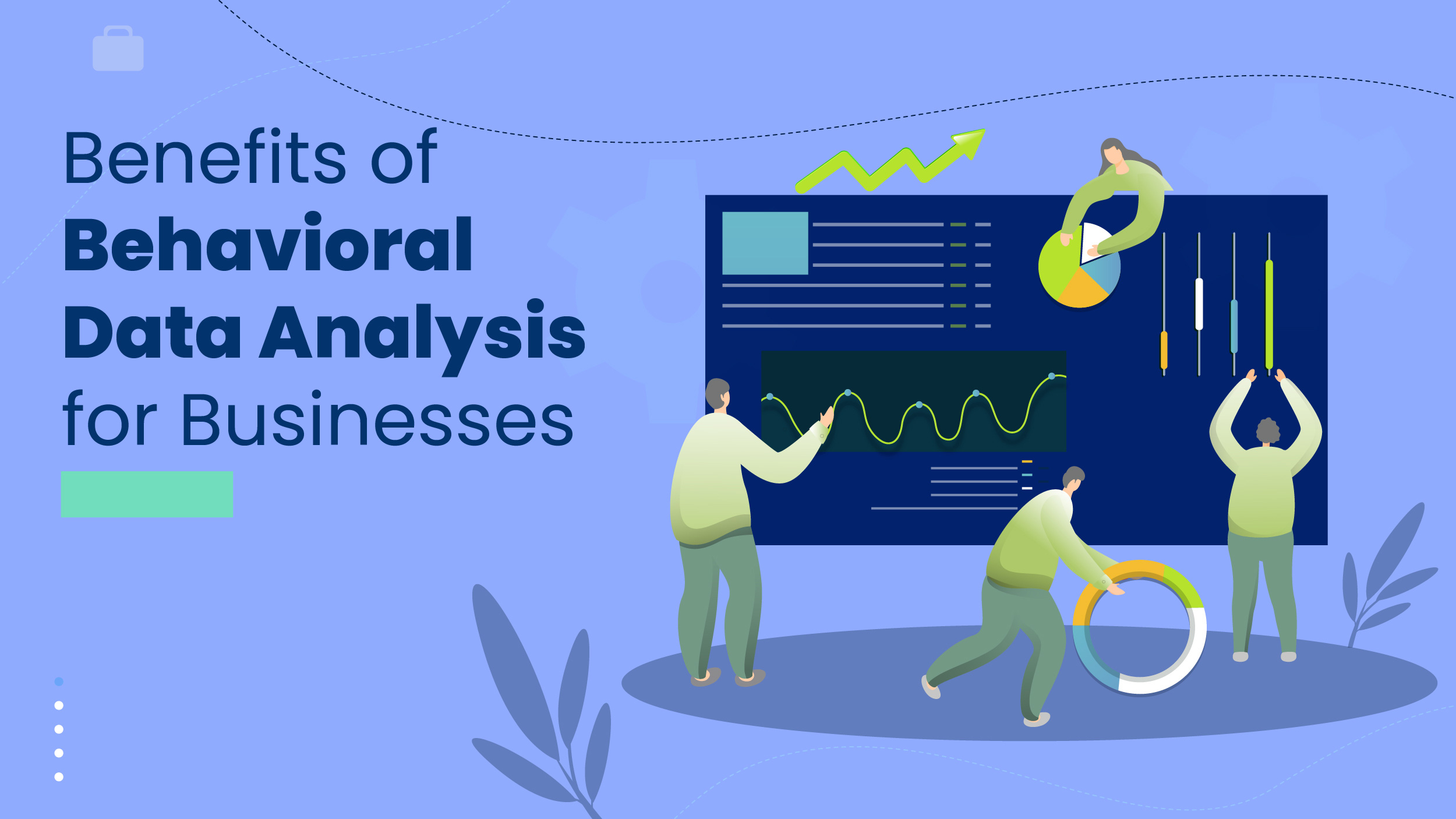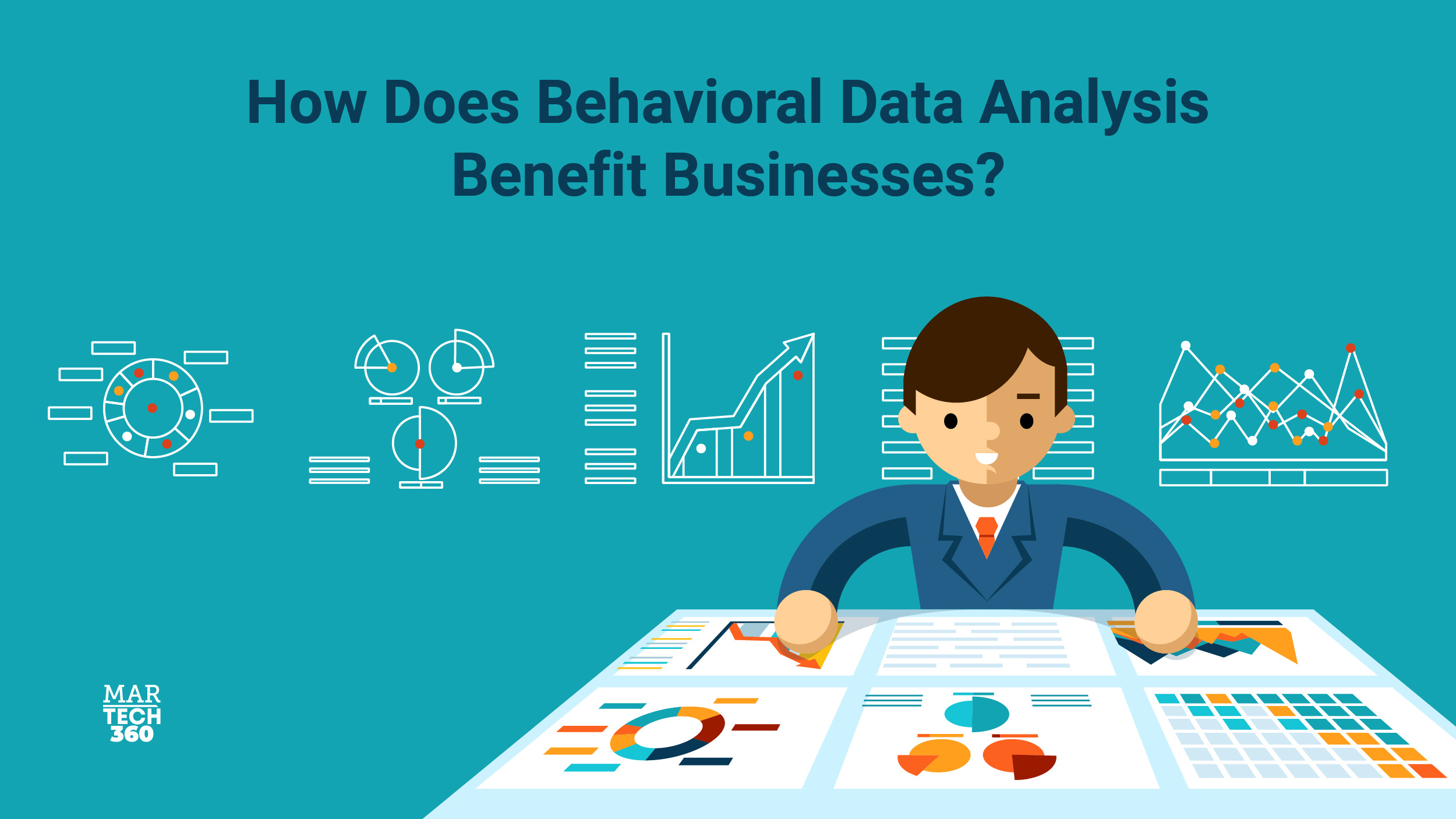Behavioral data analysis may seem unimportant, but it is actually a powerful tool that can be used to improve businesses. All of the data acquired from consumer purchasing patterns, product usage, and preference is then used to inform marketing communications and initiatives.
The phrase, “don’t find customers for your products, find products for your customers”, is a concept that embodies Seth Godin’s advice; an idea that was completely logical throughout the Fourth Industrial Revolution. Understanding behavioral data is currently one of the most important elements for the survival and success of the majority of businesses.
Behavioral data has a number of important advantages, including the capacity for innovation and anticipation. You can very much tailor your products to your customers’ needs after you have an understanding of the patterns in their demands and behaviors. So, what is it and how does it operate?
What is Behavioral Data?
 Data generated by or in response to a customer’s interaction with a business is known as behavioral data. This can involve crucial user actions like page views, email sign-ups, or other things. Websites, mobile applications, CRM and marketing automation platforms, call centers, help desks, billing systems, and call centers are common sources of behavioral data.
Data generated by or in response to a customer’s interaction with a business is known as behavioral data. This can involve crucial user actions like page views, email sign-ups, or other things. Websites, mobile applications, CRM and marketing automation platforms, call centers, help desks, billing systems, and call centers are common sources of behavioral data.
Whether the end user is a known individual (logged in) or anonymous (not logged in), it can be traced back to just one specific individual. This kind of data is often created and saved as an “event,” which refers to a completed action, and “properties,” which refers to the information that was used to describe the event. For instance, “site visit” could be an event, and “device type” could be a property for that event. It could be useful to think of events as the “what” and properties as the “who, when, and where.”
What is Behavioral Analytics?
Behavioral analytics looks at the “what’s” and “how’s” of customer behavioral data to help understand the “why’s” of customer behavior. This includes keeping tabs on things like website views, email sign-ups, and other significant actions like registration. We can improve our conversion, engagement, and retention strategies due to these crucial daily insights.
For instance, if a company wants to know why customers leave a page without subscribing, they can develop an analysis that seeks to pinpoint friction points inside a particular conversion funnel.
Product and data teams can obtain the comprehensive behavioral information they require to comprehend their clients and expand their businesses with indicative marketing.
Benefits of Behavioral Data Analysis for Businesses
 The main reason to analyze behavioral data is to ensure that a digital product is fulfilling the needs of the consumers. This makes it important to know what the customers want and need from a product and how they use it once purchased. Here are some other important benefits of behavioral data:
The main reason to analyze behavioral data is to ensure that a digital product is fulfilling the needs of the consumers. This makes it important to know what the customers want and need from a product and how they use it once purchased. Here are some other important benefits of behavioral data:
- Analyzing behavioral data helps businesses monitor how many times a user/consumer has performed an action with a particular product. Simply put, it is the detailed analysis of how many times a user has purchased a product or how many times a user has shared a content piece on various social media platforms.
- Behavioral data is an organization or business’s way of knowing their customers and their buying habits and preferences. Companies that employ behavioral data to tailor their marketing efforts might experience a 15-20% improvement in conversion rates, according to a McKinsey study.
- It allows businesses to know where their customers have come from, how they have interacted with their business, and what they will end up doing in the future. It lets you in on a customer’s past as well as their future journey by navigating through all the touchpoints of every product and service.
- By utilizing behavioral data businesses can effectively optimize their marketing campaigns and improve KPIs. According to research by Econsultancy, 74% of marketers believe behavioral analytics are essential for developing successful marketing campaigns and boosting overall marketing ROI.
- From marketing campaigns, optimizing recommendation engines, sales channels, and content to developing social media strategies, behavioral data analysis is collectively useful to optimize all of the above.
- It significantly contributes to product growth. It helps by providing customer data about how often a product action has been performed and whether the particular action was successful or not. A PwC study found that 61% of businesses using behavioral analytics for product development report higher rates of product success.
To rightfully identify the wants and needs of potential customers; a business must make use of behavioral data analysis. Not analyzing the customer data is merely creating a hit-or-miss situation with marketing campaigns that can put a business way behind in today’s competition-driven market.
Conclusive Thoughts
In the current digital era, behavioral data analysis is a game-changer for businesses. Companies can gain a plethora of insights into the habits, interests, and trends of their customers by utilizing the power of this priceless resource. Adopting behavioral data analysis is not only advantageous but also necessary for businesses hoping to succeed in the digital era in a data-driven environment.


Comments are closed.